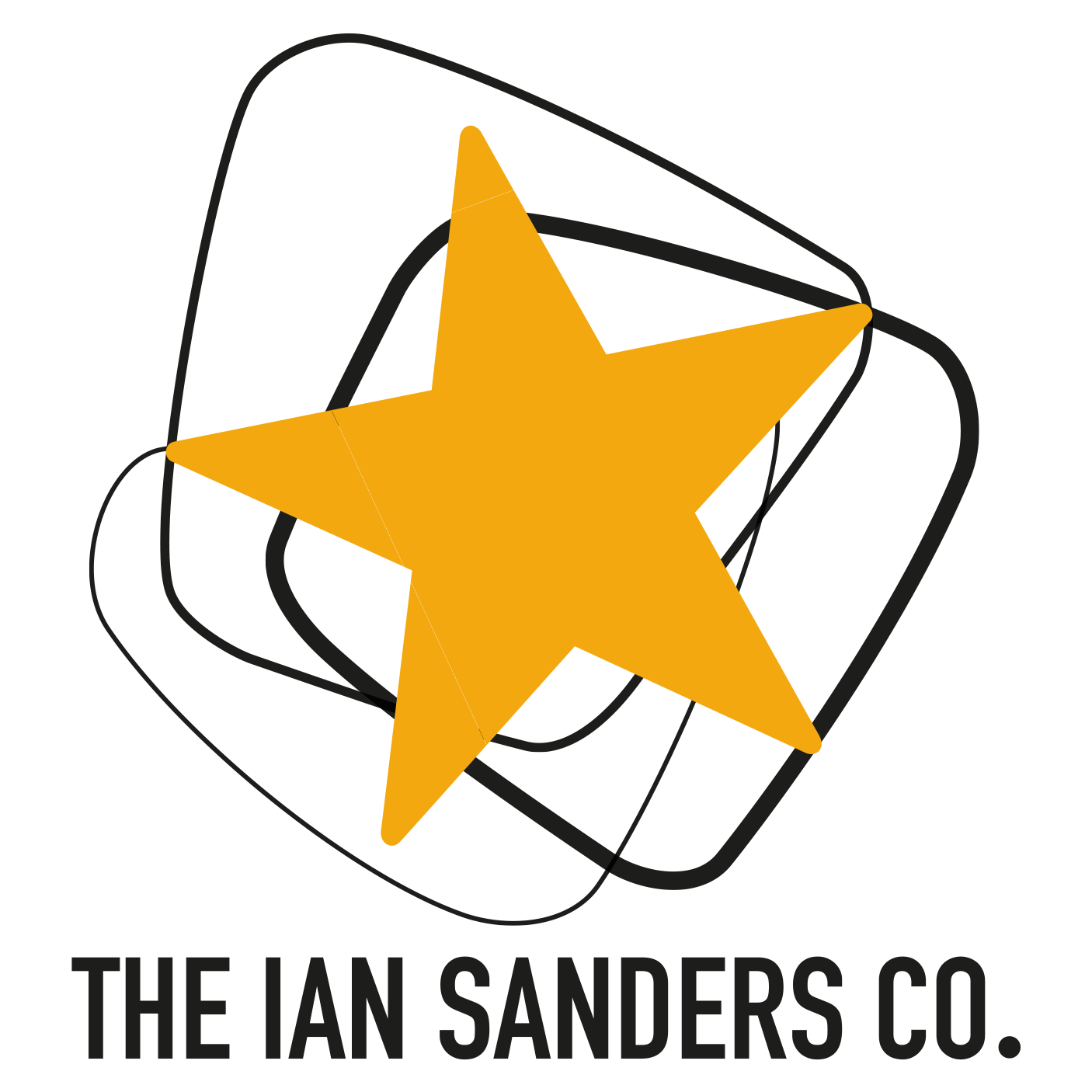Seeking the secret sauce. Capturing the ingredients at the heart of your company culture.
Does this sound like your worst nightmare? You and 49 of your co-workers are at a company awayday, staying in tents and tree-houses, sharing sleeping spaces and bathrooms. It’s self-catering too, so you have to prep all the food, do the barbecue and wash up afterwards.
Let’s face it, you can’t contrive team spirit. But last May at the West Lexham retreat in north Norfolk, team spirit was in abundance as colleagues chopped vegetables, assembled salads and laid the tables. The scene was Thomas Cook Money’s second company awayday: an opportunity for team members to get focused and fuelled-up for the business journey ahead. And everyone from the leadership team to the receptionist mucked in (and no-one complained about the do-it-yourself approach). My role at the awayday was to shine a light on some insights about the organisation I’d uncovered, to explore any growing pains and get everyone thinking about the best-practice habits, behaviours and rituals that underpin their company culture.
With everyone gathered in the barn seated in deckchairs — very apt for a company that’s all about holiday money — I kicked things off by asking: “what is the organisation’s secret sauce?” From London and Peterborough in the UK to Shannon in Ireland and Hobart in Tasmania — we explored the ingredients that make this organisation special across every office.
Thomas Cook Money launched in 2017 with a mission to reinvent holiday money, developing digital products to help consumers save, pay for and spend on their holidays. The awayday was a unique opportunity for TCM to get everyone together, a business which combines a fierce startup spirit with the backing of a 175 year old organisation. 2018 was about taking things to the next level. But if you’re in search of higher performance, first you need to pay attention to your culture.
I know that the concept of organisational culture can feel very abstract and hard to define. It’s jelly-like: hard to grasp hold of and easy to slip through our fingers. But in order for any organisation to know where it’s headed and how it’s going to get there, it needs to capture its culture principles as a touchstone.
For growing organisations such as TCM, maintaining the culture can be hard. As new starters join the business, they might be unsure about how things should be done. But workplace principles are just too important to leave for new starters to stumble upon over time. Get them down from the off. Write them down so it’s clear what’s expected. And if they are not written in stone, they will be lost and forgotten.
That afternoon in the barn at West Lexham, I shared some examples of how other organisations have captured the habits, behaviours and rituals that underpin their culture. I talked about startup CEO Marc Thomas and how he recently published the cultural framework behind his business; I also showed them the manifesto that Giles Turnbull created at the Government Digital Service, ‘stuff that’s good to know on day one’.
Next it was their turn. An opportunity for the Thomas Cook Money team to shape their best practice principles. To ask questions like, ‘do we allow people to bring their real selves to work?’, ‘what’s our attitude to meetings?’ and ‘are we good at face to face communication?’
The process started with everyone split into teams of three. Some of these colleagues hadn’t met each other before today; others were from different departments and disciplines. The 17 teams headed off around the grounds of West Lexham to debate their top three habits, behaviours and rituals.
As people set up their deckchairs in the sun and scribbled their suggestions on Post-its, I eavesdropped on their conversations. Some were talking about holidays being sacred (and must never be interrupted by office emails), choosing the importance of face-to-face interaction, questioning the relevance of some regular meetings. Some of those there hadn’t even met properly before and yet they were bringing their experiences from different sides of the organisation to create a common thread. Like the best idea generating sessions, they were outside in the fresh air, surrounded by nature and sunshine.
We returned to the barn for each team to present their three must-have principles to the rest of the organisation. Afterwards the Post-it notes went up on the wall for everyone to vote on their favourites. Coloured stickers planted on each Post-it signalled the popular ones. “Start every meeting by re-stating the meeting objective,” said one. “Work isn’t where you go, it’s what you do. Be where you work best,” said another.
That top ten was published as a workplace manifesto, a touchstone to keep everyone aligned with what Thomas Cook Money stands for.
Of course, it’s critical for any organisation considering an exercise like this that the mutually agreed principles aren’t just empty words on a snazzy manifesto; the actions of the organisation must reflect the culture. And if that doesn’t happen, the manifesto can be used to call everyone to account.
Later that evening, two of the team from Australia were asked to do what they do best and look after the BBQ. There were groups of people chatting. Some colleagues set out the tables, someone else made coleslaw, another mixed jugs of Pimm’s. I turned around to see one of the team members waving a bottle of ketchup in the air. “Hey Ian,” he called, “I found the secret sauce!”
